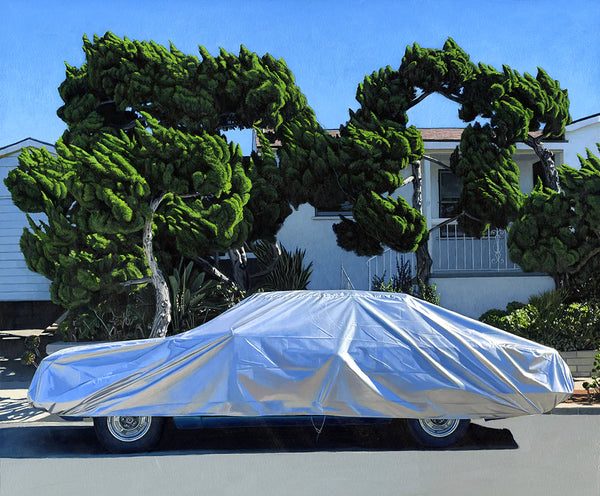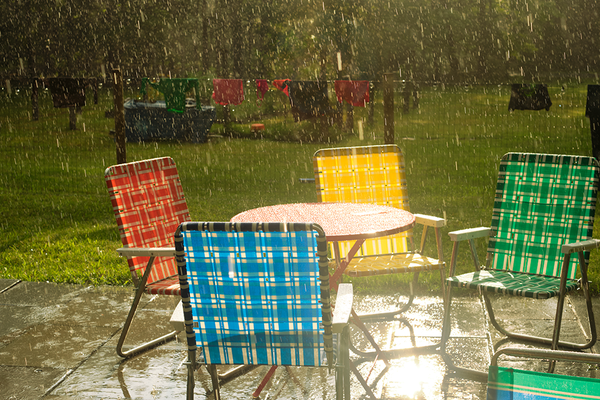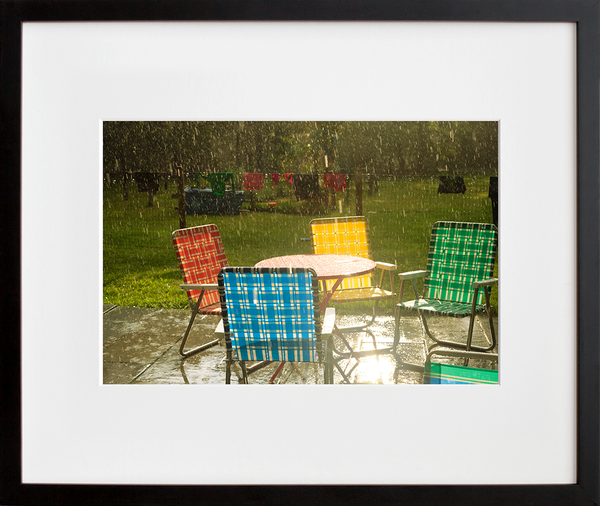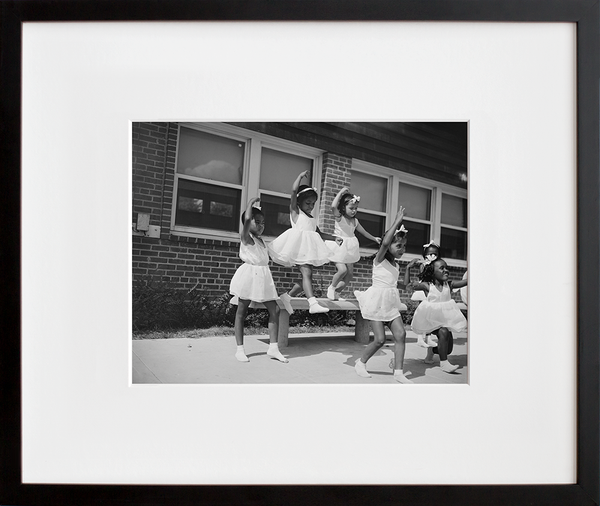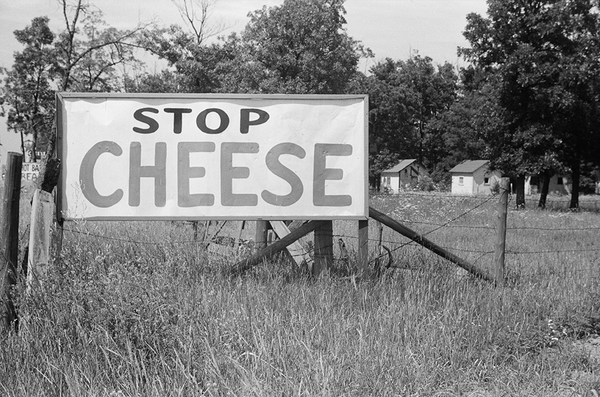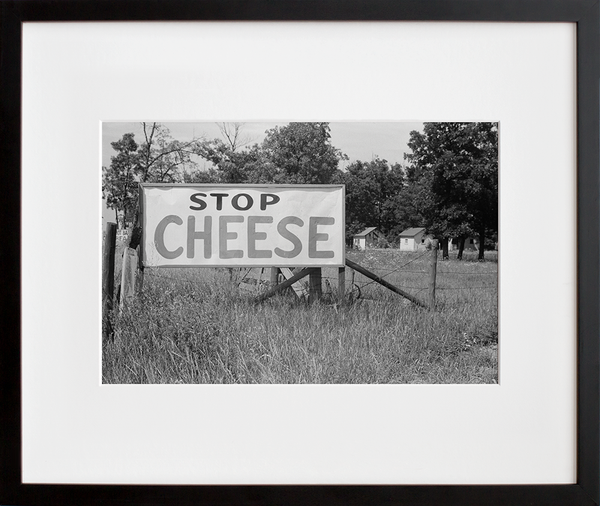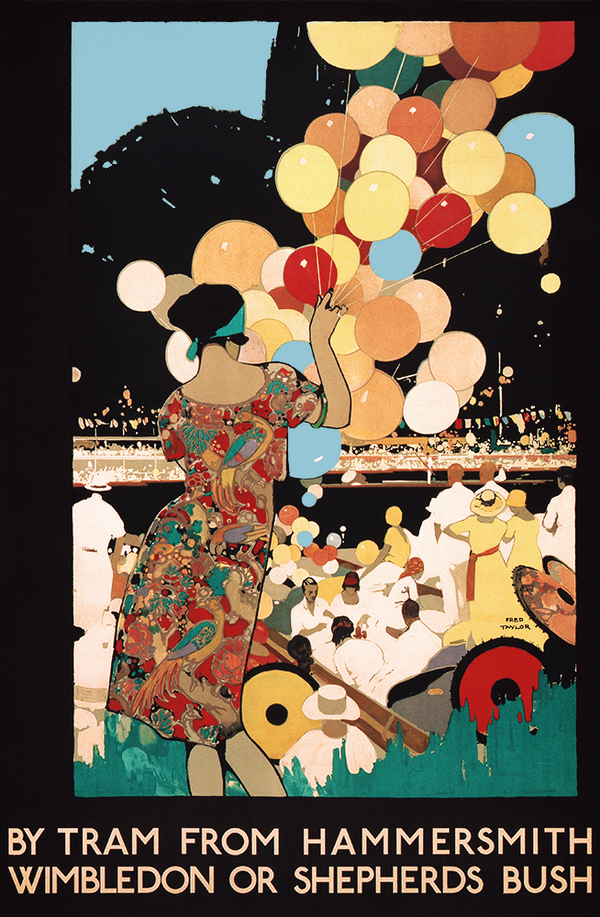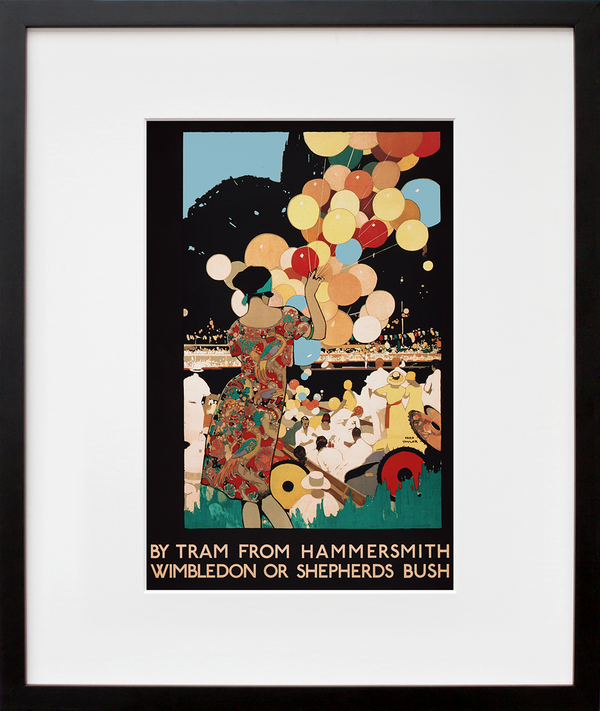 Plate 22, Sheet 8, Ancient Courses Mississippi River Meander Belt by Harold Fisk |
 Plate 22, Sheet 9, Ancient Courses Mississippi River Meander Belt by Harold Fisk |
We’ve amassed a pretty sweet art-meets-map collection over the years. There’s something irresistible about the way they bridge the gap between info representation and artistic expression. These mesmerizing Mississippi River maps have been collector faves for a while now, so we’re super excited to finally add two new sheets to the series: Sheet 8 and Sheet 9. Introducing them is longtime 20x200 collector and internet trail guide Jason Kottke.
Kottke’s been surfacing cool stuff on his site since 1998 (!), making kottke.org one of the oldest blogs in existence, covering everything from art and design, to science and tech, to endless interesting randomness. His contributions have helped shape the web as we know it. He’s also a big time map nerd, and a fan of the Harold Fisk maps, so it only seemed right to give a true connoisseur the floor. Read on for Kottke’s take on our two new Meander Belt maps, and catch our whole Fisk collection here. —Team 20x200
I'm excited to introduce you to two new 20x200 editions of Harold Fisk's meander maps of the Mississippi: Plate 22, Sheet 8, Ancient Courses Mississippi River Meander Belt and Plate 22, Sheet 9, Ancient Courses Mississippi River Meander Belt. These maps, which join several other Fisk maps in the Vintage Editions collection, show the past courses of North America's longest river in a dense and colorful data visualization.
In their relentless flow to lower ground, rivers like to roam over the landscape, cutting through solid rock and loamy soil alike, gaining advantage here and there where they can. The best and easiest course for a river to take downhill is its current course ... right up until the moment when it's not. Each color in the maps depicted in Sheet 8 and Sheet 9 represents a new course, a marker of each time a bend had become too bendy and the river "decided" to take a more direct path. One of my favorite things about these maps—and about art in general—is that they are time machines.
It takes some imagination, but standing before a painting by Hilma af Klint, a sculpture by Bernini, or a cave painting in Chauvet, France draws you back in time in a powerful way: you know you're standing precisely where those artists stood hundreds or even thousands of years ago, laying paint to surface or chisel to stone. Even experiencing art through prints or photographs leads the mind to consider all the cultural, political, technological, and economic things that were happening when the work was produced. Art is a doorway to past worlds.
Fisk's maps in Sheet 8 and Sheet 9 represent the memory of a mighty river, with thousands of years of course changes compressed into a single image by a clever mapmaker with an artistic eye. Looking at them, you're invited to imagine the Mississippi as it was during the European exploration of the Americas in the 1500s, during the Cahokia civilization in the 1200s (when this city's population matched London's), when the first humans came upon the river more than 12,000 years ago, and even back to before humans, when mammoths, camels, dire wolves, and giant beavers roamed the land and gazed upon the river. Pretty amazing for something you can hang on your wall.
-Jason Kottke
Collect these editions
 About Our Guest Author
About Our Guest Author
Jason Kottke designs, codes, and writes for the web, with a special interest in clear, simple, user-centered design, microcontent, and the writable web. Jason has maintained the popular and influential weblog kottke.org since March 1998, writing about web technology, photography, media, design, sports, and funny YouTube videos. He calls New York City home.
Professional site: kottke.org Twitter: @jkottke Instagram: @jkottke


